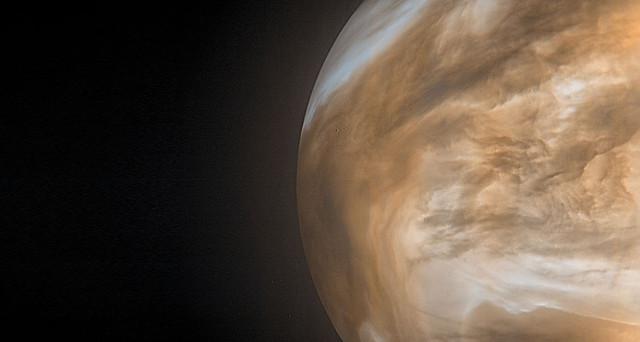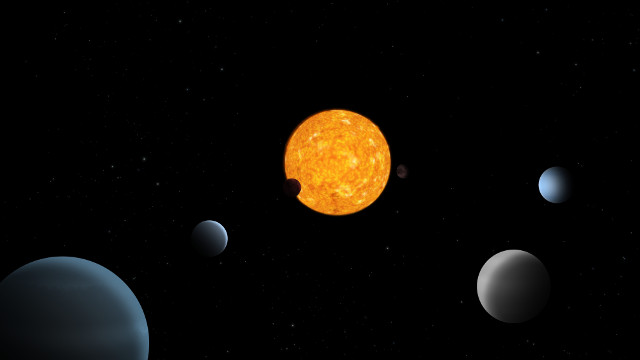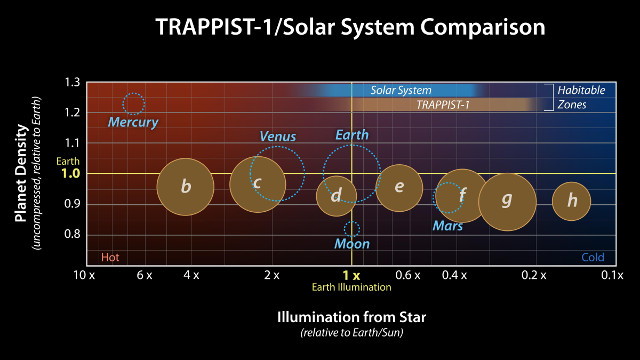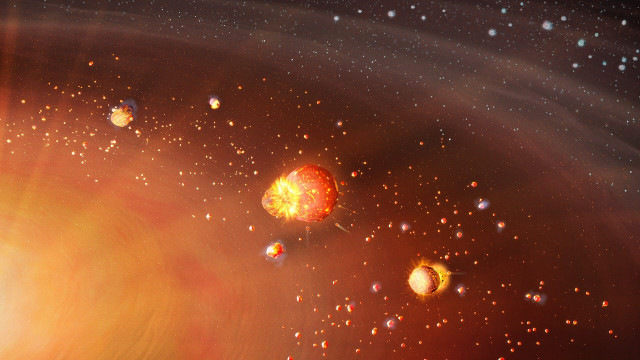
Five planets discovered in the star system HD 108236
An article published in “The Astronomical Journal” reports the confirmation of four exoplanets, one super-Earth and three mini-Neptunes, in the system of the star HD 108236. A team led by Tansu Daylan, postdoc Kavli Institute for Astrophysics and Space Research at MIT, analyzed data collected by NASA’s TESS space telescope to identify those exoplanets. Two high school students also participated in this research as part of the Student Research Mentoring Program (SRMP) at the Center for Astrophysics | Harvard & Smithsonian. An article accepted for publication in the journal “Astronomy & Astrophysics” reports the discovery of another super-Earth in the same system by a team of researchers led by Andrea Bonfanti of the Austrian Academy of Sciences that used ESA’s CHEOPS space telescope.





